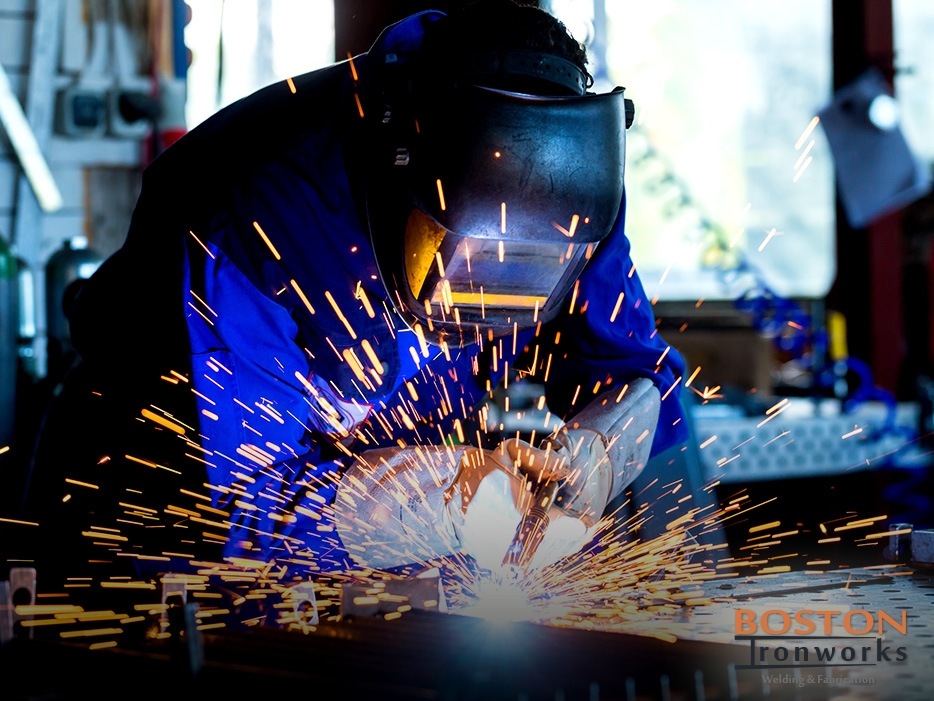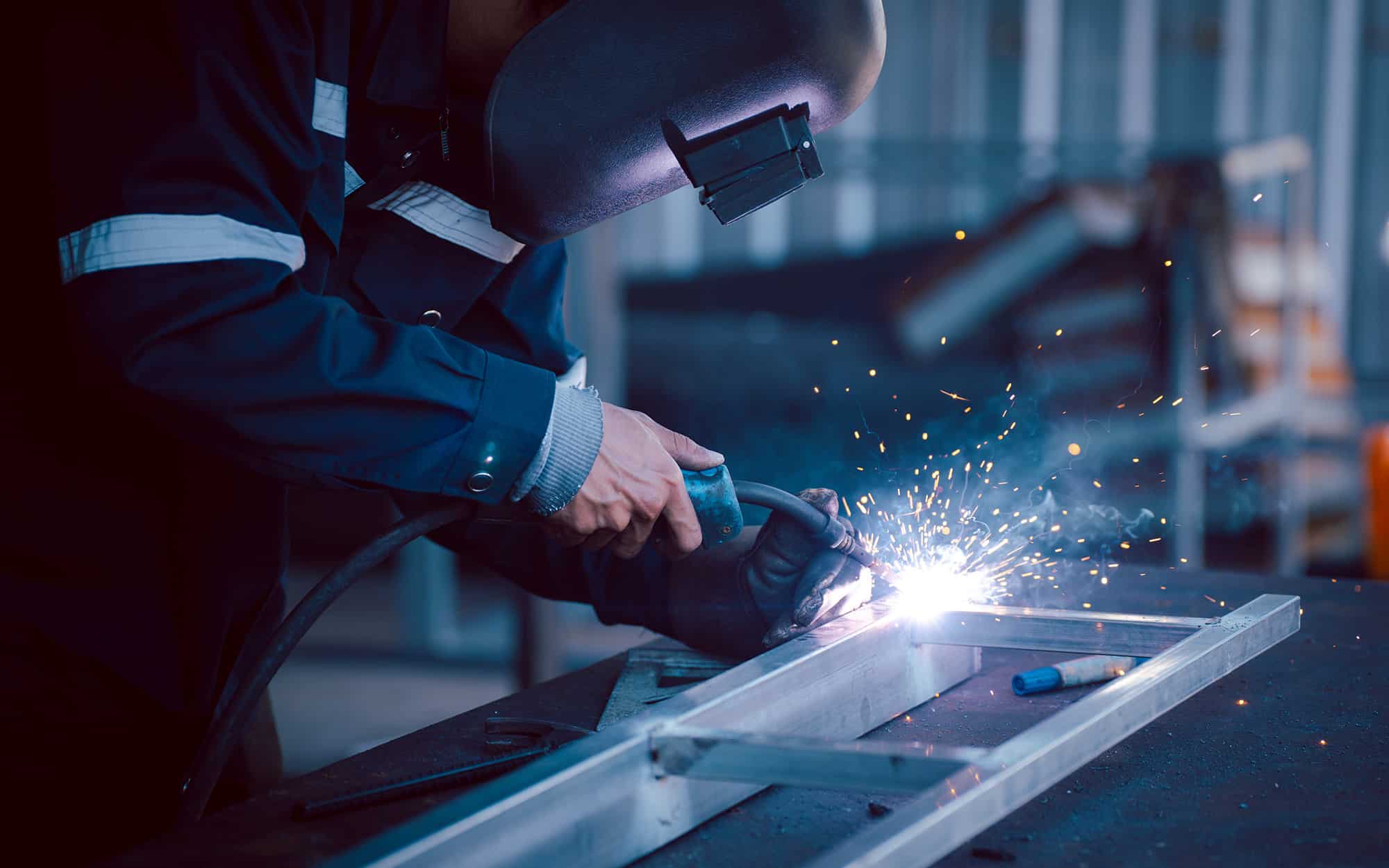Proven steps to avoid porosity in welds with Belgrade Welding
Wiki Article
Common Welding Fixing Issues and Just How to Address Them Successfully
Welding fixings typically run into a variety of concerns that can jeopardize the stability of the end product. Typical problems consist of inadequate infiltration, porosity, and misalignment, to name a few. Each defect presents special challenges that need specific methods for resolution. Recognizing these issues is necessary for welders intending to improve their abilities and results. This discussion will certainly check out these usual welding repair problems and reliable methods to address them.Poor Infiltration
Insufficient infiltration takes place when the weld steel falls short to completely fuse with the base material, causing weak joints and potential architectural failings. This issue usually comes from insufficient heat input, inaccurate electrode angle, or inappropriate welding rate. Welders might encounter poor penetration due to a miscalculation of the required specifications for a particular material density or kind. Additionally, contamination on the base product's surface area can hinder efficient bonding, intensifying the trouble. To resolve poor penetration, welders need to assure suitable settings on their tools and keep a tidy work surface area. Regular assessment of welds is recommended to determine any type of deficiencies early, enabling prompt corrections and the prevention of compromised structural integrity in welded assemblies.Porosity
Porosity is an usual issue in bonded joints that shows up as tiny gas bubbles caught within the weld steel. This issue can jeopardize the integrity of the weld, bring about minimized strength and possible failing under anxiety. Montana Mobile Welding and Repair Belgrade Welding. Porosity commonly arises from contamination, moisture, or incorrect welding techniques, which allow gases to run away into the molten weld swimming pool. To resolve porosity, welders ought to assure appropriate surface area preparation, keep a clean workplace, and utilize suitable welding criteria. In addition, selecting the appropriate filler product and securing gas can mitigate gas entrapment. Normal assessment and screening of welds can aid recognize porosity early, ensuring timely rehabilitative actions are taken, consequently maintaining the quality and dependability of the bonded frameworkImbalance
Imbalance in welding can occur from different variables, consisting of incorrect setup and thermal development. Comprehending the origin is crucial for effective resolution. Numerous adjustment methods are offered to realign parts and assure structural honesty.Reasons for Misalignment
Welding misalignment often stems from a range of underlying problems that can compromise structural stability. One main cause is improper fit-up of parts prior to welding, which can lead to voids and irregular surfaces. Variations in thermal development throughout the welding process can additionally cause distortion, specifically if the products being joined have different coefficients of expansion. Additionally, poor fixturing and securing may fail to hold parts firmly in position, leading to activity throughout welding. Badly kept equipment, including welding machines and tools, may introduce incongruities in the weld grain, more contributing to misalignment. Lastly, operator error, coming from inadequate training or experience, can also play a considerable function in producing misaligned welds.Improvement Strategies Readily Available
Resolving imbalance successfully requires a mix of rehabilitative techniques customized to the certain issues at hand. One usual method is using fixtures or jigs to hold parts in the proper setting throughout welding, ensuring constant placement. Furthermore, pre-heating the products can help in reducing distortion and enhance fit-up. For significant imbalance, mechanical realignment methods, such as utilizing hydraulic jacks or clamps, can be used to remedy the position before welding. Post-weld warm treatment may also be essential to eliminate tensions brought on by imbalance. Ultimately, cautious evaluation and modification throughout the configuration phase can protect against imbalance concerns from coming to be considerable issues, promoting a smoother welding procedure and boosting general structural stability.Distortion
Distortion is an usual difficulty in welding that can emerge from various elements, consisting of irregular cooling and heating. Comprehending the reasons for distortion is vital for applying efficient avoidance strategies. Resolving this issue not only improves architectural integrity but also improves the overall quality of the weld.Sources of Distortion
When subjected to the extreme heat of welding, materials often undertake changes that can result in distortion. This sensation mostly arises from thermal development and tightening during the welding procedure. As the weld area warms up, the material increases; upon cooling, it gets, which can create internal tensions. Additionally, unequal heating throughout a workpiece can worsen these stress and anxieties, leading to warping or flexing. The kind of product additionally plays a considerable role; steels with varying thermal conductivity and coefficients of expansion might respond in different ways, causing unforeseeable distortions. Additionally, inadequate joint layout and inadequate fixturing can add to misalignment throughout welding, increasing the probability of distortion. Comprehending these reasons is crucial for efficient welding repair service and avoidance techniques.Avoidance Techniques
Effective prevention methods for distortion throughout welding concentrate on managing warm input and guaranteeing appropriate joint layout. Maintaining a regular warm input helps to decrease thermal growth and tightening, which can bring about distortion. Using techniques such as pre-heating the work surface can also minimize the temperature level slope, advertising uniform home heating. In addition, selecting suitable joint designs, such as T-joints or lap joints, can boost security and minimize stress concentrations. Carrying out appropriate fixturing to secure the work surfaces in position even more help in maintaining positioning during the welding procedure. Staggered welding series can distribute warm more uniformly, stopping local distortion. By applying these methods, welders can substantially decrease the likelihood of distortion and improve the total quality of their welds.Fracturing
Fracturing is a common concern come across in welding fixings, commonly resulting from various elements such as inappropriate cooling rates, product choice, or inadequate joint preparation. The event of cracks can substantially compromise the honesty of the weld, bring about potential failings during procedure. To resolve this problem, welders must first assess the origin, making certain that materials work and properly selected for the details application. In addition, regulating the cooling price during the welding procedure is vital; quick air conditioning can cause tension and bring website about cracking. Correct joint design and prep work also add to reducing the danger. Carrying out these techniques can enhance weld quality and resilience, inevitably minimizing the possibility of fracturing in completed weldments.
Insufficient Fusion
A substantial concern in welding repair services is incomplete combination, which happens when the weld steel does not adequately bond with the base material or previous weld passes - Montana Mobile Welding and Repair Belgrade. This issue can bring about weaknesses in the joint, potentially compromising the integrity of the bonded framework. Aspects adding to insufficient fusion consist of inadequate heat input, incorrect welding strategy, and contamination of the surfaces being signed up with. To resolve this concern properly, welders should assure appropriate pre-weld cleaning and surface prep work, as well as readjust their welding specifications to achieve sufficient infiltration and blend. Routine assessment during the welding process can also aid identify incomplete blend early, enabling for prompt rehabilitative measures to improve the overall quality of the weldOverheating
While welding repairs can enhance architectural stability, overheating presents a considerable challenge that can result in material deterioration. Too much warm during welding can modify the mechanical residential properties of metals, resulting in minimized strength, enhanced brittleness, and bending. This sensation is especially essential in high-stress applications where structural dependability is paramount. Determining overheating can include visual inspections for discoloration or distortion, along with checking temperature throughout the welding procedure. To alleviate the dangers related to overheating, welders must use suitable strategies, such as managing warmth input, readjusting travel rate, and utilizing ideal filler materials. Additionally, carrying out pre- and post-weld heat treatments can help recover product buildings and improve the general high quality of the fixing, guaranteeing lasting efficiency and safety and security.Often Asked Inquiries
What Are the Common Signs of a Welding Flaw?

Just How Can I Examine My Welds for Top quality?
To evaluate welds for top quality, one can use aesthetic examinations, ultrasonic screening, and radiographic methods. Each method guarantees architectural stability, identifies flaws, and confirms adherence to defined requirements, eventually boosting the reliability of the welded joints.What Security Safety Measures Should I Take While Welding?
When welding, one ought to prioritize safety by using proper individual safety tools, making sure appropriate ventilation, protecting combustible products away, keeping a tidy work area, and recognizing environments to avoid crashes and injuries.Can I Fix a Weld Without Redesigning the Entire Joint?
Fixing a weld without remodeling the whole joint is possible, depending on the damage (Montana Mobile Welding and Repair Welding). Methods such as grinding, including filler product, or making use of a welding process can successfully resolve certain imperfections while maintaining the surrounding frameworkWhat Tools Are Essential for Efficient Welding Repairs?
Important tools for efficient welding repair work consist of a welding maker, cable brush, grinder, protective equipment, clamps, and filler products. Each device plays an important role in making sure quality and safety and security throughout the fixing procedure. Porosity generally arises from contamination, dampness, or inappropriate welding techniques, which permit gases to leave into the molten weld swimming pool. Inadequately conserved devices, including welding machines and devices, might introduce variances in the weld grain, additional contributing to imbalance. When subjected to the intense warm of welding, materials usually undergo modifications that can lead to distortion. Breaking is an usual problem experienced in welding repair work, typically resulting from various variables such as inappropriate cooling prices, material selection, or insufficient joint preparation. A substantial concern in welding repair work is incomplete combination, which occurs when the weld metal does not adequately bond with the base material or previous weld passes.Report this wiki page